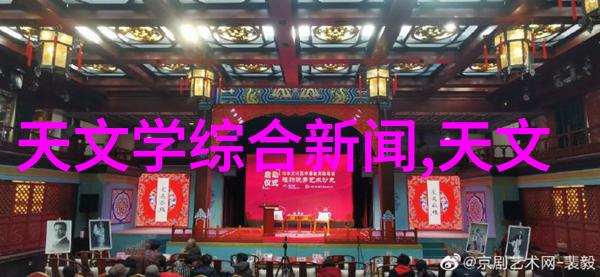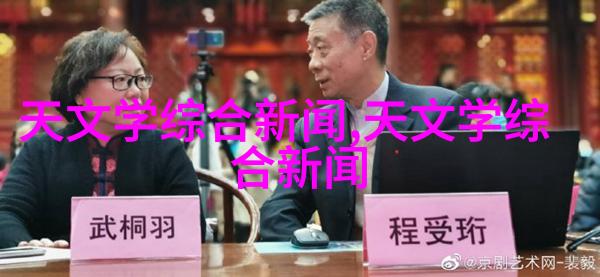How Twitter's internal policies shape the online discourse: An analysis of the leaked documents?

The world of social media has been abuzz with revelations from recently leaked Twitter internal files. These confidential documents provide a fascinating glimpse into the inner workings of one of the most influential platforms in modern communication, shedding light on how its algorithms and moderation policies shape our online experiences.
At first glance, these files might seem like an invasion of privacy or even an act of corporate espionage. However, they also offer a unique opportunity for us to better understand how technology giants like Twitter operate and make decisions that impact millions of users worldwide. By examining these documents closely, we can gain valuable insights into what drives their content moderation strategies and algorithmic choices.

One crucial aspect revealed by the leaks is that Twitter's approach to moderating content is far more complex than it initially seems. The platform employs a mix of automated systems and human moderators to tackle issues such as hate speech, harassment, misinformation, and copyright infringement. The internal guidelines governing this process are strict yet nuanced enough to accommodate different cultural contexts while still adhering to global standards.
Another significant revelation lies in the realm of algorithmic manipulation. The leaked files indicate that Twitter uses machine learning algorithms designed specifically for each type of content—such as tweets from influencers or news articles—to curate users' timelines based on their individual preferences. This means that your feed may look vastly different from someone else's despite following many similar accounts.

Twitter’s decision-making process regarding new features or policy changes appears highly structured too. For instance, proposals must pass through several rounds involving multiple stakeholders before being implemented or rejected outright at any stage if deemed unsuitable by management teams responsible for strategic planning and operations oversight within the company structure given by its organizational chart.
These revelations highlight not only technological advancements but also societal implications tied up with them since they have substantial effects on information dissemination patterns across various communities around globe where people form diverse groups sharing common interests via shared hashtags often known as 'trends'. They expose both sides – positive (e.g., promoting local businesses) & negative (e.g., spreading false narratives).

In conclusion, analyzing these recently exposed internal files provides an unprecedented look at how companies behind popular digital platforms think about data collection practices along with shaping public discourse through curation processes using sophisticated AI tools coupled with human intervention; all factors contribute significantly towards creating user experience when interacting online which holds immense power over contemporary society due primarily because they influence global conversations so drastically affecting perceptions held among masses worldwide today!



